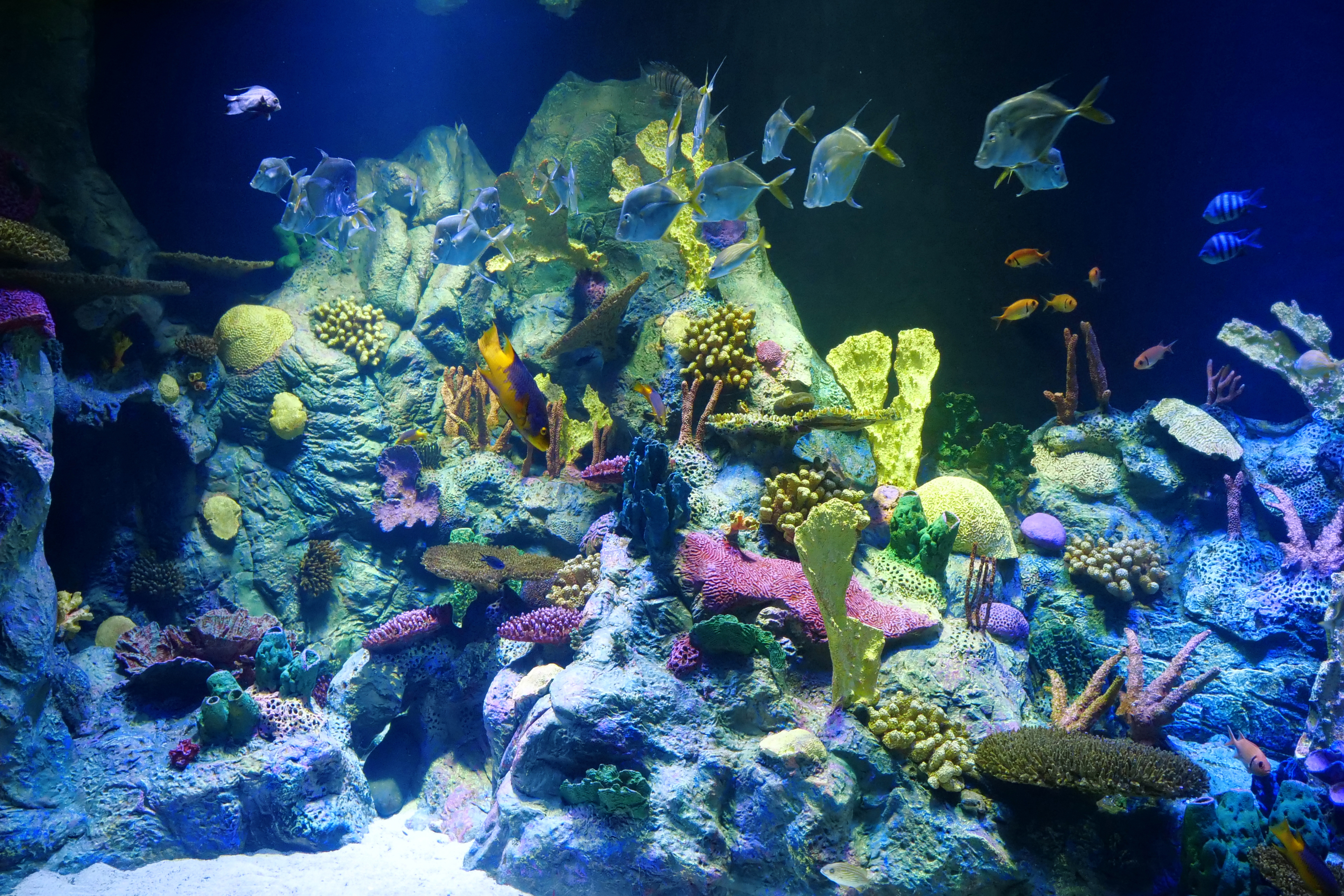
Pre-reading questions
- What is your favorite marine animal and why?
- Do you go fishing? If so, how is the experience? If not, why?
Vocabulary
- the high seas /hahy sees/
- adequately /AD-i-kwit-lee/
- network /NET-wurk/
- contract /KON-trakt/
- prevent /pri-VENT/
[noun (plural)] – the seas that are not controlled by any country
The issues of piracy on the high seas have been increasing.
[adverb] – in a way that is enough or satisfactory for a particular purpose
He had not planned adequately for the work at hand.
[noun] – a large system consisting of many similar parts that are connected together to allow movement or communication between or along the parts, or between the parts and a control center
We might cut costs if we can create a more effective distribution network.
[noun] – a legal document that states and explains a formal agreement between two different people or groups, or the agreement itself
The contract’s terms are being reviewed.
[noun] – to stop something from happening or someone from doing something
The rules and regulations were created to prevent accidents.
Article reading
The UN High Seas Treaty has been discussed for ten years, although it has not yet been confirmed. If it were to be approved, 30% of the oceans would be protected by 2030. As of March 2022, the International Seabed Authority, which is in charge of these operations, had awarded 31 contracts for deep-sea mineral exploration. Progress has been slow, though, as COVID-19 prevents nations from meeting. Disagreements over the details of the formal treaty also caused a delay. In an effort to establish the treaty, nations resolved in March to have a fifth and last session.
Comprehension questions
- What is allowed in the international oceans?
- What percentage of the high seas are protected?
- For how long has the UN High Seas Treaty been discussed?
- If the treaty is approved, by when would 30% of the ocean be protected?
- How many contracts for deep-sea mineral exploration did the International Seabed Authority grant in March 2022?
Discussion questions
- Are there endangered species in your country? Please tell me more about them.
- How important are marine species to your country?
- If you were one of the world’s leaders, what would you do to save your country’s marine life?
- In your opinion, is the pandemic a valid reason to delay the treaty?
- If the fifth session to sign the treaty does not succeed this year, what would be the consequences?